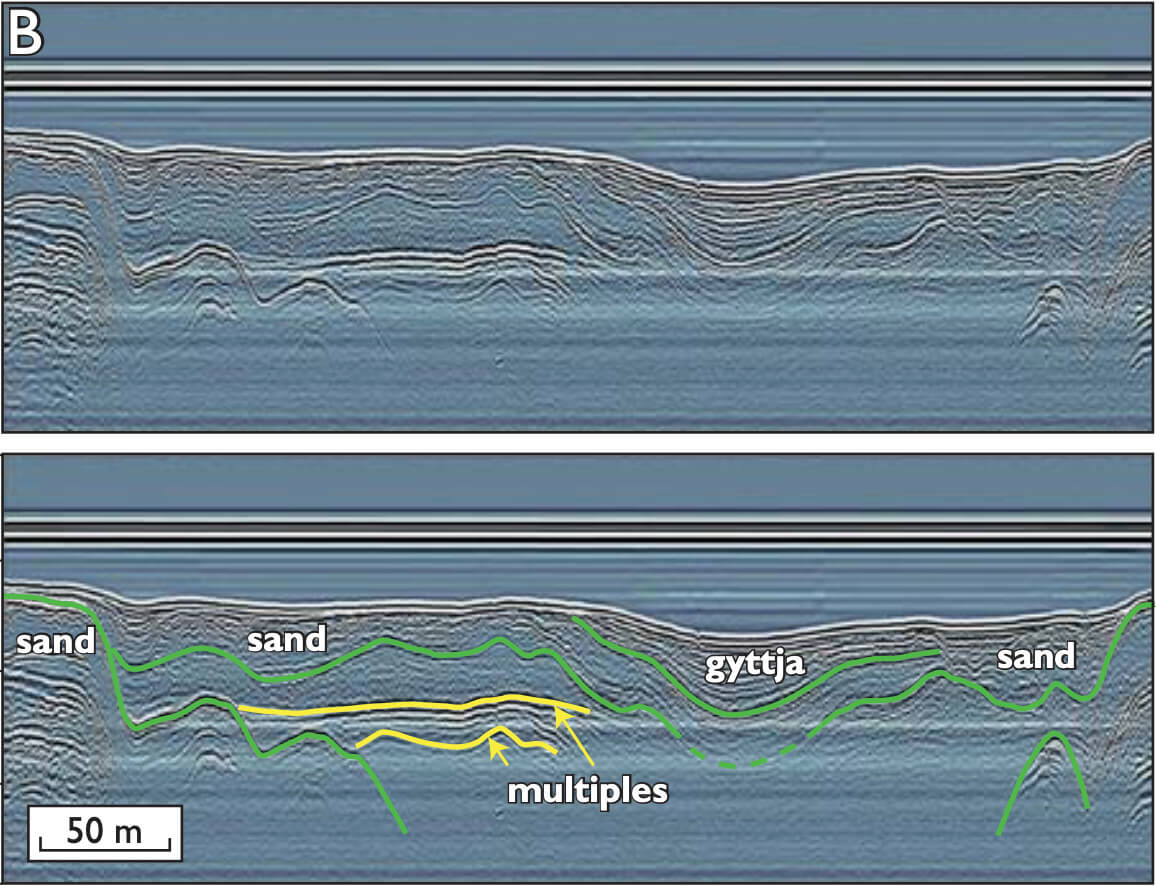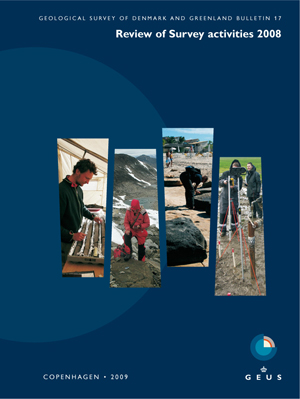
How to Cite
Share
Abstract
The European Union’s Water Frame - work Directive aims to achieve a ‘good’ ecological status for groundwater bodies, for groundwater-dependent terrestrial ecosystems, and for aquatic surface water bodies by the year 2015. In Denmark, this goal will most likely not be fulfilled within such a short time frame due to the current poor ecological condition of Danish lakes (Søndergaard et al. 2008). However, public concern about the protection of aquatic environments has increased, and so has interest in improving lake water quality by reducing nutrient loading. Effective and sustainable lake restoration and conservation depend on the ability to (1) point out sensitive catchment areas for the lake, (2) estimate its total water and nutrient budgets and (3) relate observed differences in seepage rates to the abundance and distribution of macrophytes in the lake and to the topography and land-use of the surrounding terrain. In seepage lakes, i.e. lakes without inlets or outlets, the influence of the surrounding terrain, regional hydrogeology and lake geometry on the overall lake water budget has been studied in some detail (Krabbenhoft et al. 1990; Anderson & Cheng 1993; Cheng & Anderson, 1994; Kratz et al. 1997; Winter 1999; Townley & Trefry 2000). However, little efforthas been made to understand and quantify how riparian zones (wetlands) surrounding lakes may control the water flow and nutrient transport to the lakes. Although groundwater inflow to seepage lakes is suspected to be smaller than inflow from drainage ditches, it may still account for a significant nutrient influx.
How to Cite
Share
Copyright (c) 2009 Bertel Nilsson, Peter Engesgaard, Jacob Kidmose, Sachin Karan, Majken Caroline Looms, Mette Cristine Schou Frandsen

This work is licensed under a Creative Commons Attribution 4.0 International License.
Downloads
Edited by Ole Bennike, Adam A. Garde and W. Stuart Watt
This Review of Survey activities presents a selection of 19 papers reflecting the wide spectrum of activities of the Geological Survey of Denmark and Greenland, including field-based, laboratory and remote sensing studies.
The Survey's activities in Denmark are illustrated by ten articles covering the [...]









